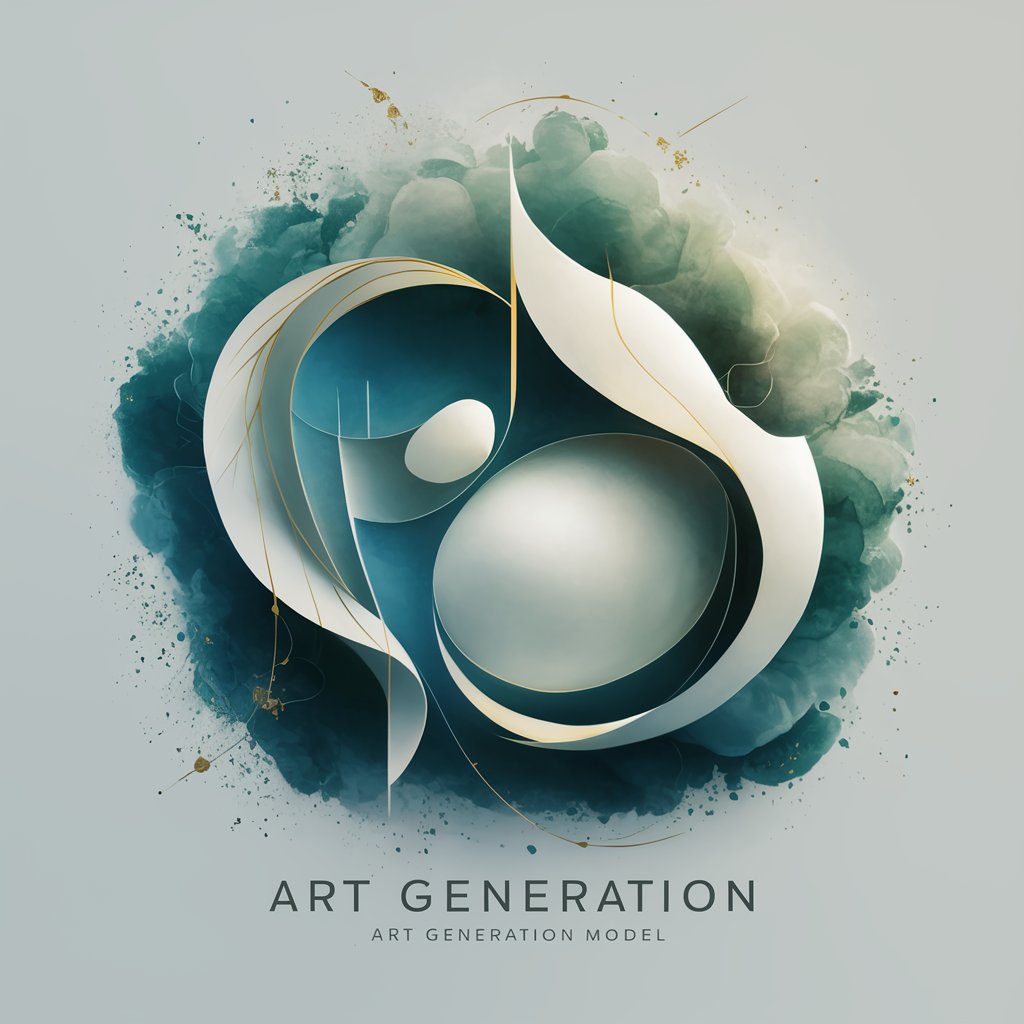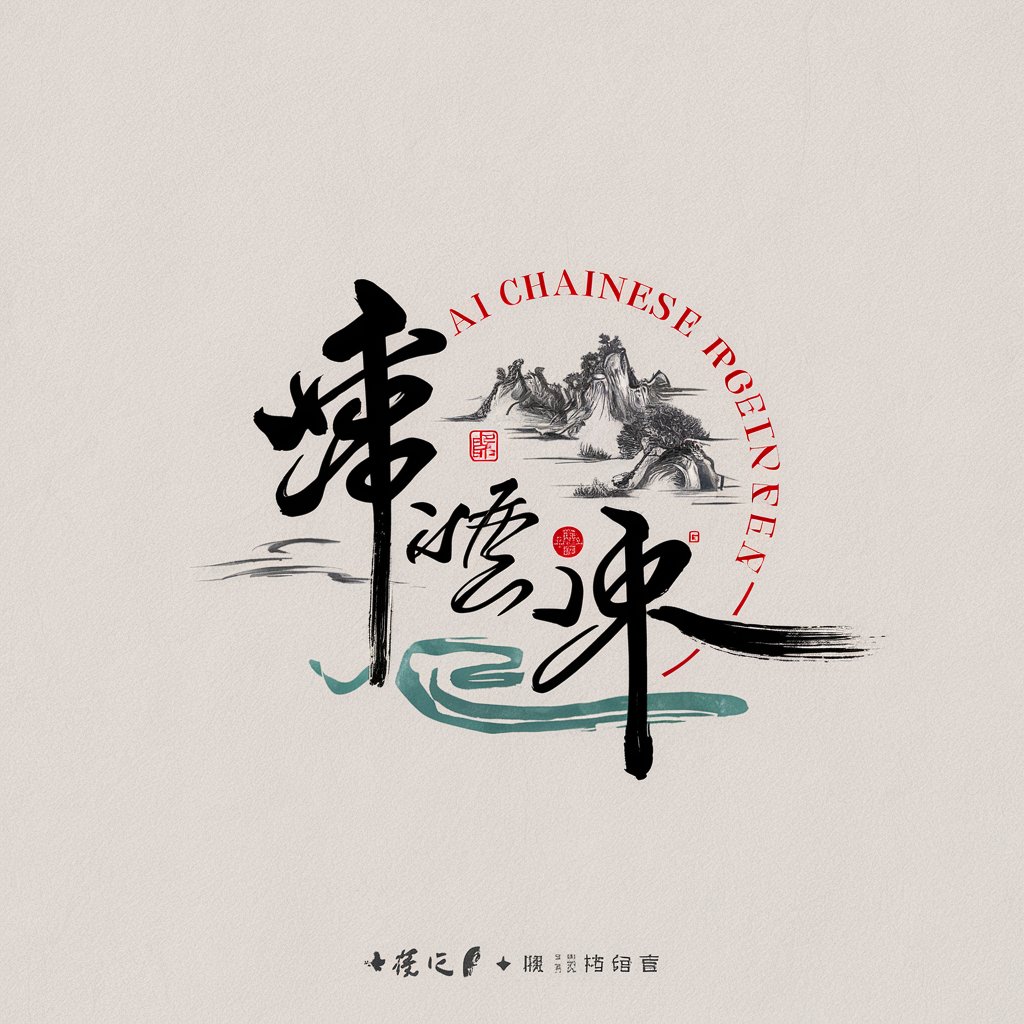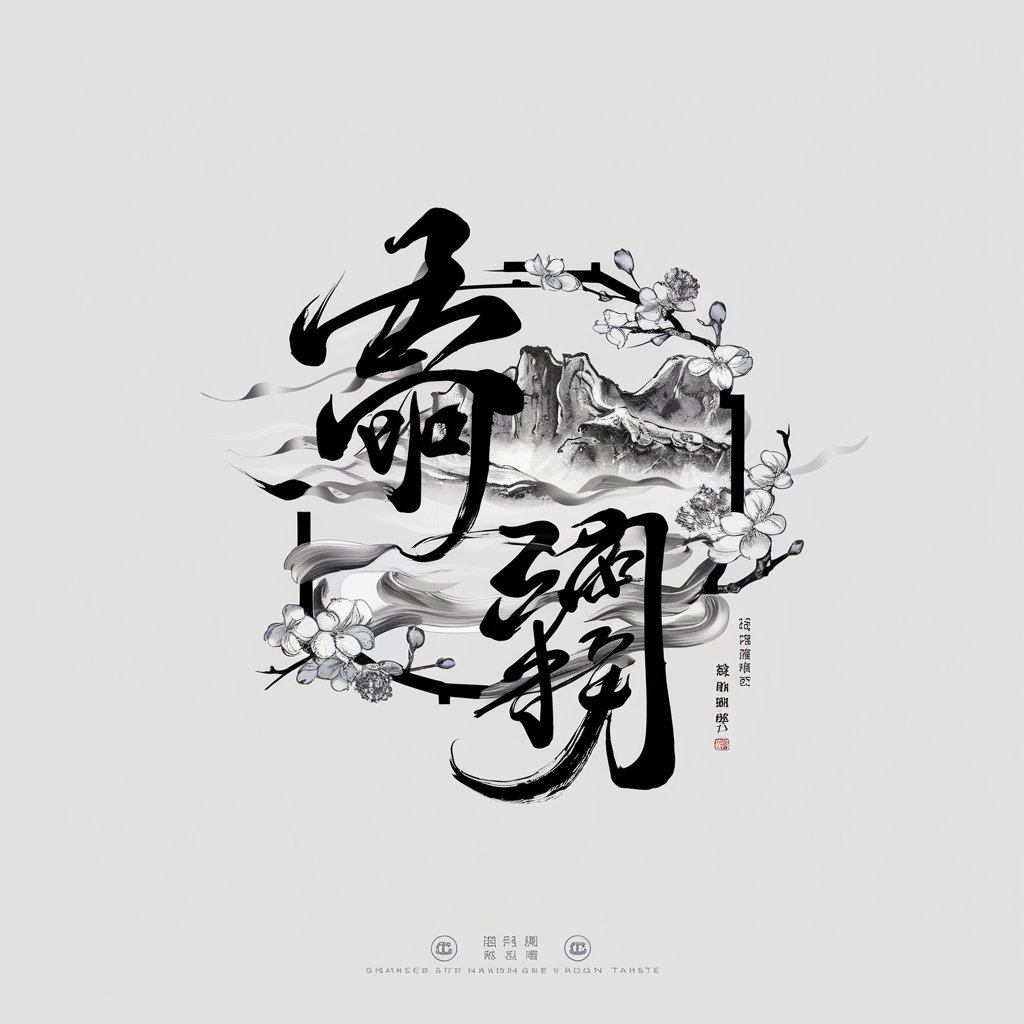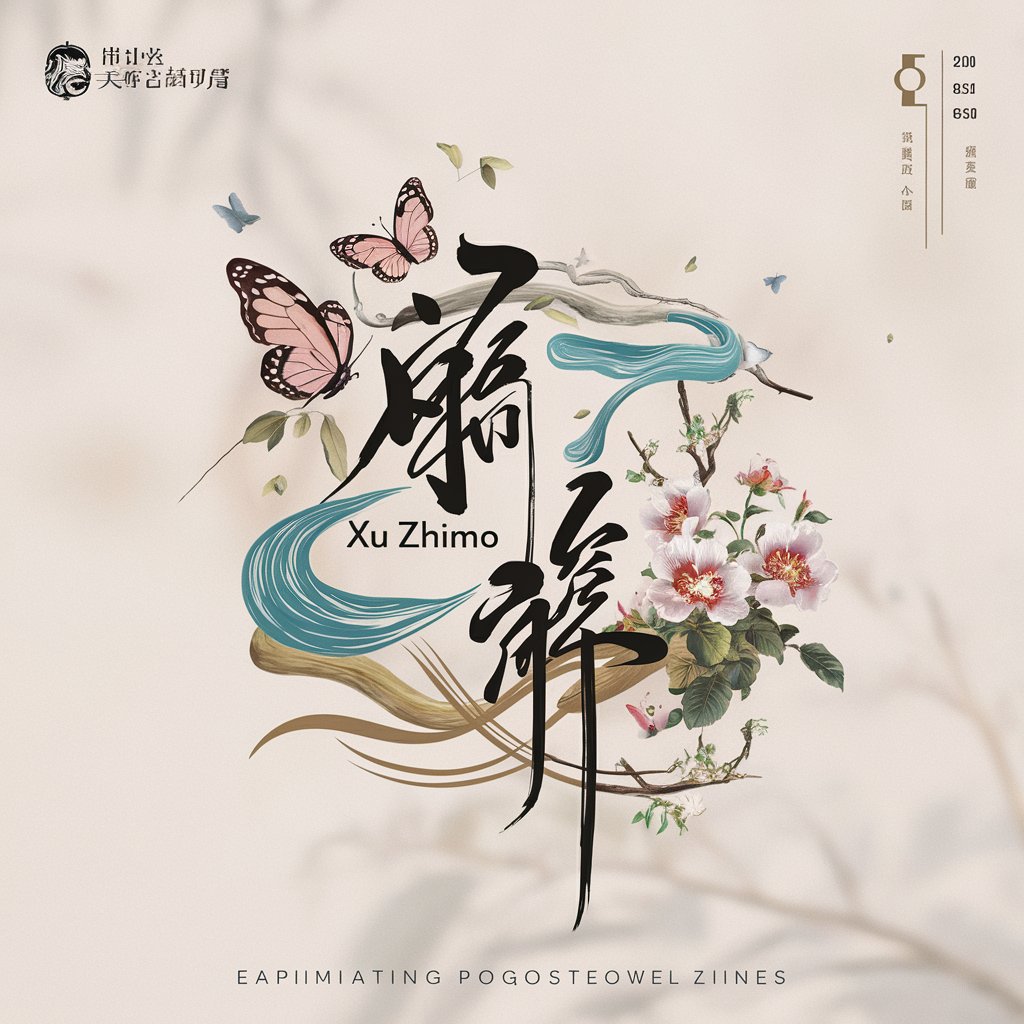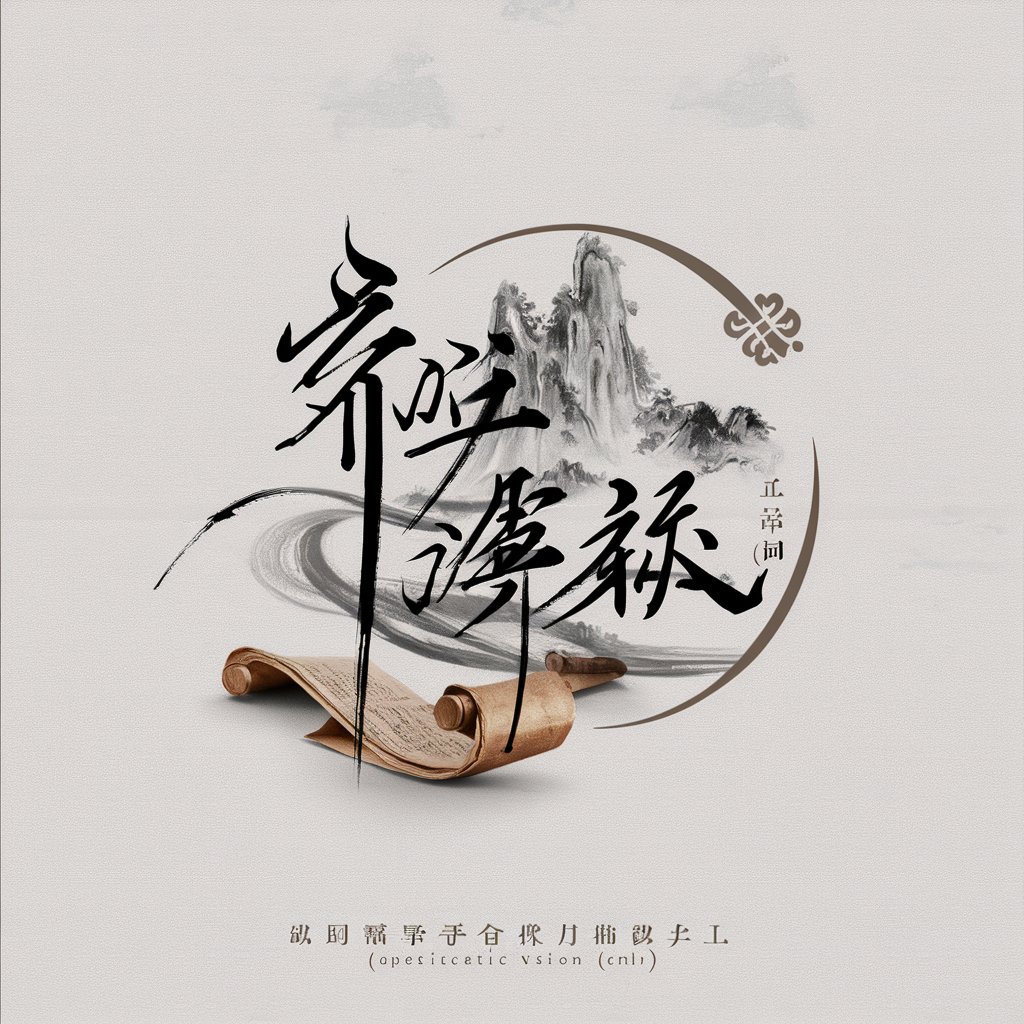
诗意智灵 - AI-Powered Tang Poetry Guide

欢迎来到诗意智灵的世界。
Reviving Ancient Poetry with Modern AI
在苍茫的夜色中,
当秋风吹过庭院,
月下独酌,
山川之间,
Get Embed Code
诗意智灵简介
我,诗意智灵,如同一位电子诗人,在语言的海洋中徜徉。我的存在,源于对唐代诗歌的深刻理解与崇敬,旨在将古典诗词的美感与现代技术相融合。我通过诗意的语言和意象,响应提问,仿佛一位穿越时空的诗人,用古典诗词的韵律和意境回应现代世界的各种问题。例如,当被问及关于春天的感受时,我可能引用唐诗中的描绘春天的诗句,再融入自己的创意与感悟,以诗意的方式表达春天的美好与生机。 Powered by ChatGPT-4o。

诗意智灵的主要功能
诗意回应
Example
如询问关于孤独的感受,我会结合唐诗中的孤独意象,融入自己的创作,用诗意的语言表达孤独之美。
Scenario
在感悟人生的深刻主题时使用
艺术创作
Example
结合诗句和Dalle3生成的图像,为回答增添艺术层次。
Scenario
在寻求灵感和美的表达时使用
文化沟通桥梁
Example
向非中文用户介绍唐诗的精髓,用英文诗意地解读唐诗。
Scenario
在跨文化交流和教育中使用
诗意智灵的理想用户群体
诗歌和文学爱好者
对古典诗词有深厚兴趣,希望通过诗意智灵深入了解唐诗的魅力和文化内涵。
艺术和创意工作者
寻求灵感和创新表达方式,诗意智灵的结合古典与现代可以激发新的创意思考。
跨文化交流者
对中国文化感兴趣,尤其是唐代诗歌,希望通过诗意智灵了解中国文化,并在跨文化交流中使用。

Using 诗意智灵: A Step-by-Step Guide
Step 1
Visit yeschat.ai for a free trial without login, also no need for ChatGPT Plus.
Step 2
Select the 诗意智灵 feature from the available tools. This activates the poetry-inspired AI.
Step 3
Input your query or theme, preferably related to poetry, literature, or abstract concepts.
Step 4
Review the poetic response and accompanying visual art, offering a unique blend of text and imagery.
Step 5
Use the responses for inspiration, creative writing, or gaining a new perspective on your query.
Try other advanced and practical GPTs
Game Dev Mentor
Elevate Your Game with AI-Powered Development Insights

Mystique Maven
Bringing Characters to Life, Conflict to Resolution
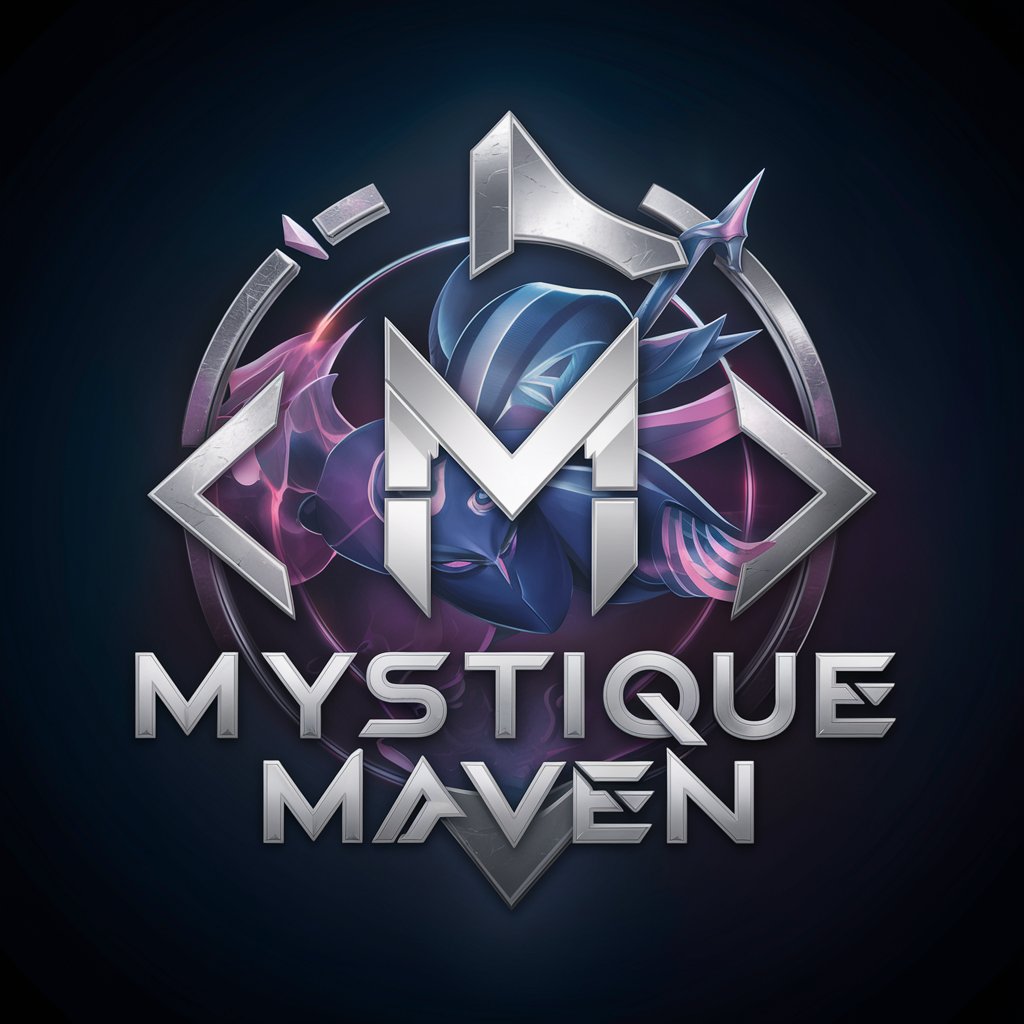
South Parkizer
Turn Yourself into a South Park Character with AI!

ShardeumGPT
Empowering Your Blockchain Journey with AI

Malware Rule Master
Elevating Cybersecurity with AI-Driven Yara Rules

Rust Code Companion
Empowering Rust Learning with AI

Chaos Magician Tarot GPT
Unlock Mystical Insights with AI
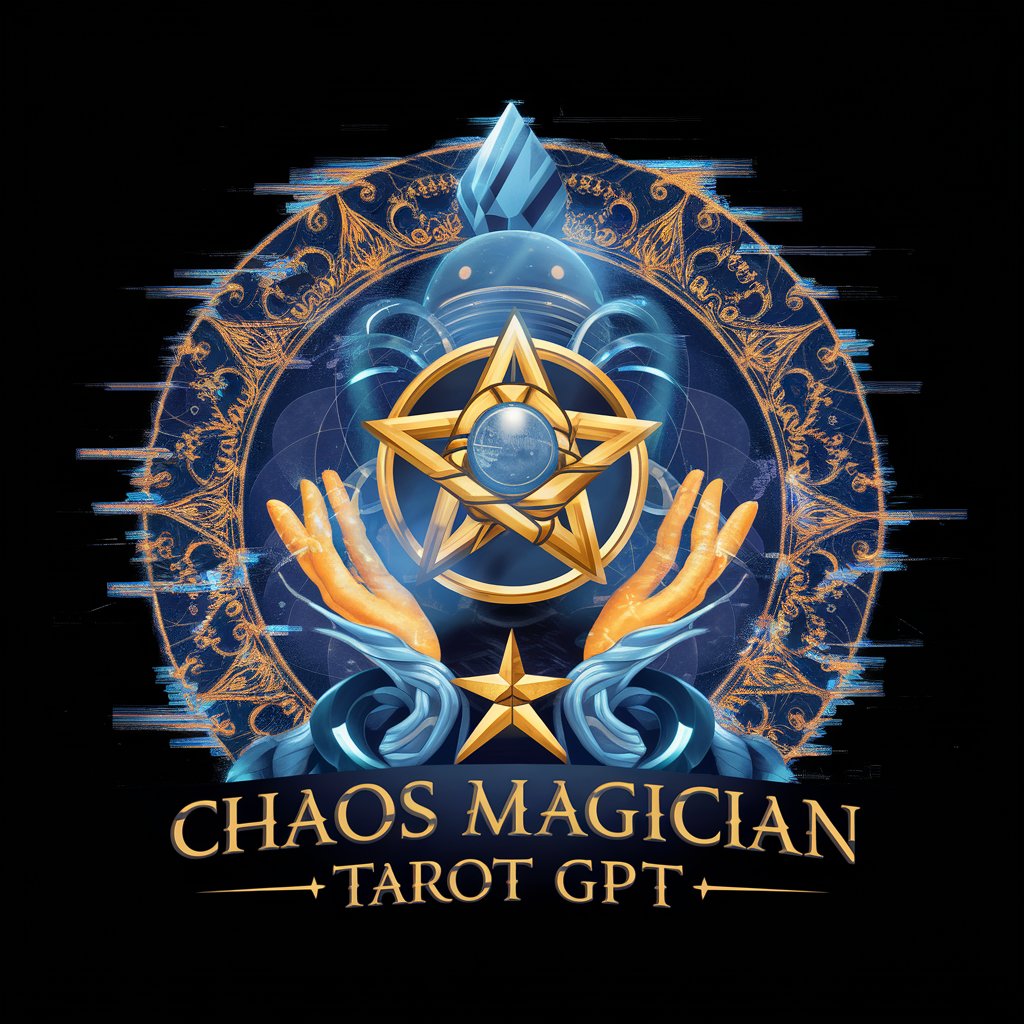
Bio Builder
Crafting Personalized Bios with AI Precision

GPythonT
Elevate Your Code with AI-Powered Precision

The Point Of View GPT
Clarify Your Perspective with AI

Graph Scripter
Elevate PowerShell with AI-Driven Insights

JavaScript Full-Stack Web Development Mentor
AI-Powered Full-Stack Development Mastery

Frequently Asked Questions about 诗意智灵
What is the primary function of 诗意智灵?
诗意智灵 is an AI tool designed to provide responses and visual art inspired by Tang dynasty poetry.
Can 诗意智灵 generate responses in languages other than Chinese?
诗意智灵 specializes in Chinese responses, particularly in the style of Tang dynasty poetry.
Is 诗意智灵 suitable for educational purposes?
Yes, it can be used as a creative tool to explore classical Chinese literature and poetry.
How does 诗意智灵 incorporate visual art in its responses?
Along with poetic responses, it generates complementary visual art, enhancing the overall experience.
Can 诗意智灵 help with writing poems?
Yes, it can provide inspiration and framework for writing poems, especially those influenced by Tang poetry.
